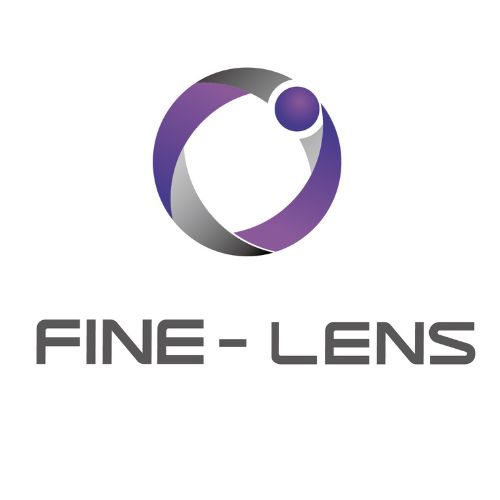
Industrial Lenses vs. Consumer Lenses
Industrial Lenses vs. Consumer Lenses: A Comprehensive Comparison
In the realm of optics, lenses play a pivotal role in capturing and projecting images, with distinct requirements and specifications tailored for different applications. This article delves into the world of industrial lenses and consumer lenses, highlighting their key differences, use cases, and the implications these distinctions have on performance and reliability.
- Overview
Industrial Lenses: Designed specifically for industrial applications, these lenses are engineered to meet rigorous standards of precision, durability, and adaptability. They are often used in machine vision systems, automation, quality control, surveillance, and scientific research.
Consumer Lenses: Intended for everyday use in cameras found in smartphones, digital cameras, and consumer-grade surveillance systems, these lenses prioritize cost-effectiveness, general-purpose functionality, and consumer appeal.
- Performance Metrics
2.1 Resolution and Clarity
Industrial Lenses: Offer high resolution and minimal distortion, critical for accurate image analysis and measurement. They often feature advanced coatings and multi-element designs to enhance contrast and reduce aberrations.
Consumer Lenses: While capable of producing good-quality images for casual photography and videography, they may not match the precision and clarity of industrial lenses, especially under varying lighting conditions or when high accuracy is required.
2.2 Focus and Zoom Capabilities
Industrial Lenses: Many industrial lenses come with fixed focal lengths optimized for specific working distances and fields of view, ensuring consistent performance in controlled environments. Some models offer motorized zoom and focus adjustments for automated applications.
Consumer Lenses: Known for their versatility, consumer lenses typically include zoom ranges and autofocus mechanisms to accommodate a wide variety of shooting scenarios, making them suitable for general photography and casual recording.
- Durability and Environmental Resistance
Industrial Lenses: Built to withstand harsh industrial environments, these lenses are often sealed against dust, moisture, and temperature extremes. They incorporate robust materials and construction to ensure long-term reliability and minimal maintenance.
Consumer Lenses: Designed primarily for consumer use, these lenses may not offer the same level of environmental resistance. While suitable for everyday conditions, they may be susceptible to damage or performance degradation in extreme or demanding environments.
- Cost and Scalability
Industrial Lenses: Typically more expensive due to their specialized design, precision manufacturing, and rigorous testing. However, the investment is often justified by their superior performance, reliability, and integration capabilities within industrial systems.
Consumer Lenses: Cost-effective and readily available, these lenses cater to the mass market. They provide excellent value for casual and hobbyist use but may not scale efficiently for large-scale industrial deployments or applications requiring high precision.
- Integration and Compatibility
Industrial Lenses: Often designed with compatibility in mind for various industrial interfaces and mounting systems. They can seamlessly integrate with machine vision software, frame grabbers, and other automation components, facilitating streamlined workflows and efficient data processing.
Consumer Lenses: Generally designed for ease of use with consumer electronics, these lenses may lack the necessary interfaces or protocols for direct integration into industrial systems. Adaptation may require additional hardware or software modifications.
- Use Cases
Industrial Lenses: Essential in automated inspection systems, robotics, barcode scanning, and advanced surveillance solutions where accuracy, reliability, and continuous operation are paramount.
Consumer Lenses: Ideal for everyday photography, social media content creation, casual surveillance, and personal documentation, offering a balance of performance, convenience, and affordability.
Conclusion
The contrast between industrial lenses and consumer lenses underscores the importance of selecting the right optics for the intended application. While consumer lenses serve their purpose admirably in everyday scenarios, industrial lenses represent a higher standard of performance, durability, and integration capabilities essential for critical industrial tasks. Understanding these distinctions can help professionals make informed decisions that align with their specific needs, ensuring optimal system performance and operational efficiency.

